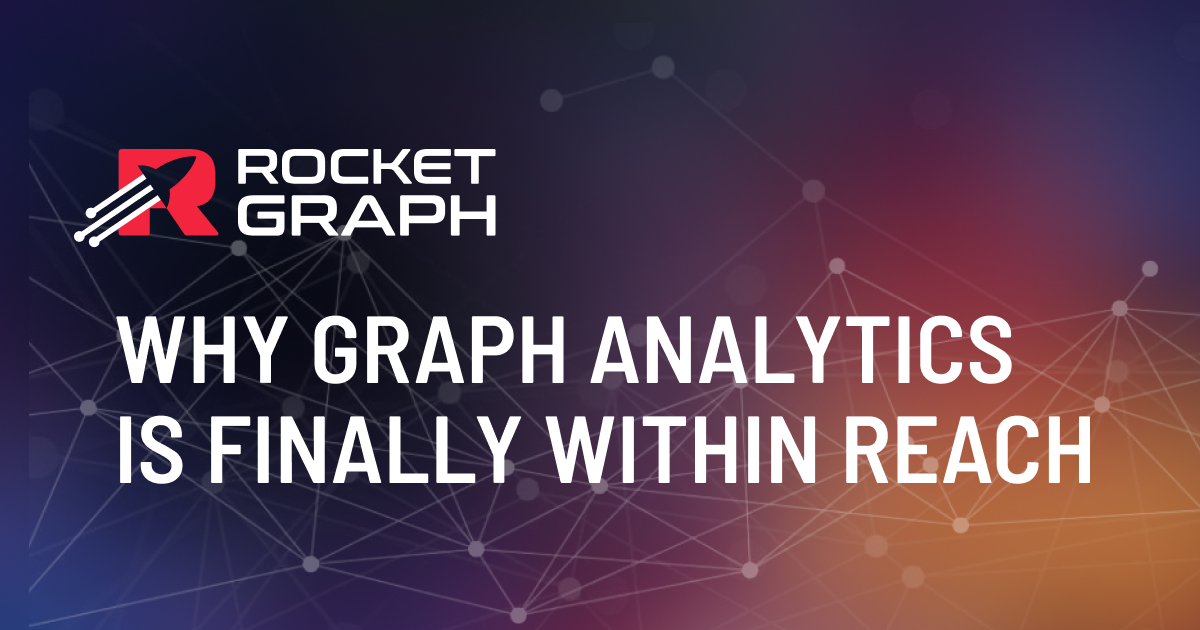Smarter Insights. Faster Performance. Easier Adoption.
In today’s connected world, organizations are facing a new breed of data challenges. From unraveling complex cybersecurity threats to detecting fraud and forecasting market shifts, the stakes have never been higher for insight discovery. However, as datasets grow more complex and AI-powered applications demand faster, smarter decisions, traditional analytics tools often fall short.
That’s where graph analytics comes in—and until recently, it was seen as a niche tool reserved for technical experts. Not anymore.
The Power of Graphs
Graph analytics is uniquely designed to map and analyze relationships between people, transactions, devices, or any interconnected data. Whether it’s a social network, a supply chain, or a financial web, graphs allow analysts to see patterns that traditional databases often miss.
A graph is made up of:
- Nodes – the entities (people, transactions, servers, etc.)
- Edges – the relationships or connections between them
By traversing these relationships, graph analytics helps analysts uncover hidden pathways—like spotting a bad actor slowly moving across a network or tracing funds through layers of seemingly unrelated accounts.
Two Barriers That Held Graph Analytics Back
Despite its power, graph analytics hasn’t seen the broad adoption it deserves. Why? Two big hurdles:
1. Technical Complexity
Historically, graph analytics required deep expertise in query languages like Cypher®, SPARQL, or Gremlin. Analysts needed to be part-developer, part-data scientist just to get started.
2. Performance Bottlenecks
Traditional graph databases use a scale-out approach—spreading data across multiple nodes. That works fine for small lookups, but not for the multi-hop queries needed in advanced use cases like fraud detection or cyber threat analysis. These complex queries could take days—or never finish at all.
GenAI and HPC: The Breakthrough Combo
The game-changer? Generative AI (GenAI) and High-Performance Computing (HPC).
- GenAI democratizes access to graph analytics by letting analysts ask questions in natural language. No specialized code is required.
- HPC-inspired platforms bring supercomputing capabilities to your desktop. With scale-up architectures and in-memory processing, they can handle billions of nodes and edges with lightning speed.
Now, even smaller teams without dedicated graph experts can explore data, detect anomalies, and forecast trends using these tools.
Want to explore this transformation in more detail? Download our full white paper for a deeper dive into how GenAI and HPC are reshaping insight discovery.

Coming Up Next
In our next post, we’ll explore real-world graph analytics use cases—from cybersecurity to drug discovery—and help you understand what to look for when choosing the right platform for your organization.
In the meantime, if you’re curious about our origins and how Rocketgraph evolved from a high-performance computing project to a cutting-edge analytics platform, check out our About page.

